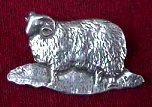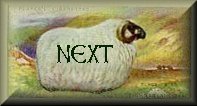HOME | home
Scottish Blackface | Scottish Blackface II | Scottish Blackface III | Scottish Blackface IV | Scottish Blackface VI | Scottish Blackface VII | Scottish Blackface V | Scottish Blackface VIII | Blackface IX | Blackface X | Scottish Blackface Breeders Guild | Blackface Guild 2 | Sheep Shearing | Photo Essay of Blackface | Piebald or Jacob Sheep | Soay Sheep | The Shepherds Bothy
Blackface IX
TYPES AND BREEDS
of
FARM ANIMALS
by
CHARLES S. PLUMB
1906
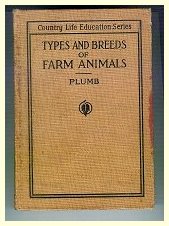
THE BLACK FACED HIGHLAND
The native home of Black Faced Highland Sheep is the more elevated section of Scotland, especially in the Highlands, in the counties of Perth and Dumbarton. Here this breed has been bred on the heather-topped hills, where the winters are rough and cold, for certainly one hundred and twenty-five years or more. The origin of the Black Faced Highland Sheep is unknown. Sheep of this sort have been known for a long period of time in
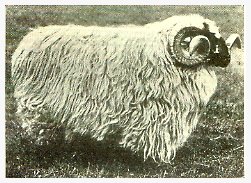
fig. 212. A Black Faced Highland ram, first prize in class at the Royal Agricultural
Society of England Show, 1904. Photograph from
William Cooper & Nephews, Berkhamsted, England
the Highlands, where in earlier days they were not very popular. The fact that this breed was extremely hardy and could endure on the higher mountains even better than the Cheviot gave it a foothold a half century or so ago, which it has since held.
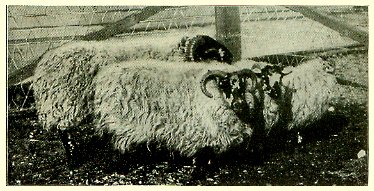
fig. 213. A group of Black Faced Highland sheep.
Photograph by H. B. Arbuckle, from the National Stockman and Farmer
The introduction of Black Faced Highland sheep to America first occurred in June, 1861, Hugh Brodie importing one ram and two ewes for Brodie & Campbell, New York Mills, New York. In 1867 this flock and its increase was purchased by T. L. Harison of Morley, St. Lawrence County, New York. Isaac Stickney of New York also imported a small flock about 1867 for his farm in Illinois. Other than these very few of these sheep have ever been brought to America. Characteristics of the Black Faced Highland sheep. Both sexes have horns, those of the males being rather large, taking one or two spiral curves. The ewes' horns are small, thin, and curved, but not spiral. The face is covered with hair, not wool, of either a solid black or a mottled white and black color. The nose is strong and prominent, the nostrils wide and black, and the ears short and small. The body is that of the typical mutton sheep, though not of heavy flesh type. The fleece is very long and coarse, often kempy, and very loosely covers the body. The breed belongs to the long-wool group, and the fleece is specially used in making carpets and coarse woolen goods. In temperament the breed is very wild and independent, quite unlike the heavier lowland sheep. In size Black Faced sheep are small to medium.
The special value of the Black Faced Highland sheep is based on its hardy character and ability to withstand very rough exposure in winter in mountain regions where food is scarce;
and also for its mutton, which is popular in the British market
because of its superior flavor and fine quality and grain. The
fleece is not very valuable, and on ewes averages 3 to 4 pounds
unwashed.
Cross-bred or grade Black Faced Highland sheep meet with favor in Scotland, giving a heavier fleshed type with the good quality of mutton of the pure-bred. Robert Wallace states that the produce of a Black Faced ewe by a Leicester ram is called a " cross " or " mule," and by a Cheviot ram a " half long." The latter name is given because a Black Faced is sometimes termed the "short " sheep and a Cheviot the "long " sheep. As ewes these sheep of mixed breed are good milkers.
The distribution of Black Faced Highland sheep is mainly over the Highlands of Scotland and in a small degree on. the higher of the mountain regions of north England. Large num- bers are bred in the Highlands, and this with the Cheviot occupies most of the space at the Scotch shows. There is no flock-book society to promote the breeding of this sheep. The special field for Black Faced Highland sheep in America should be the mountain regions east and west, but more espe- cially the higher sections of the lower Alleghanies, where grass grows in abundance. The Cheviot, however, is almost equally hardy and is far better suited to the American market.
copyright 2002 , Jim & Beth Boyle, All Rights Reserved
No part of this website may be used for any purpose ( including using images )
without written consent from The Rams Horn

